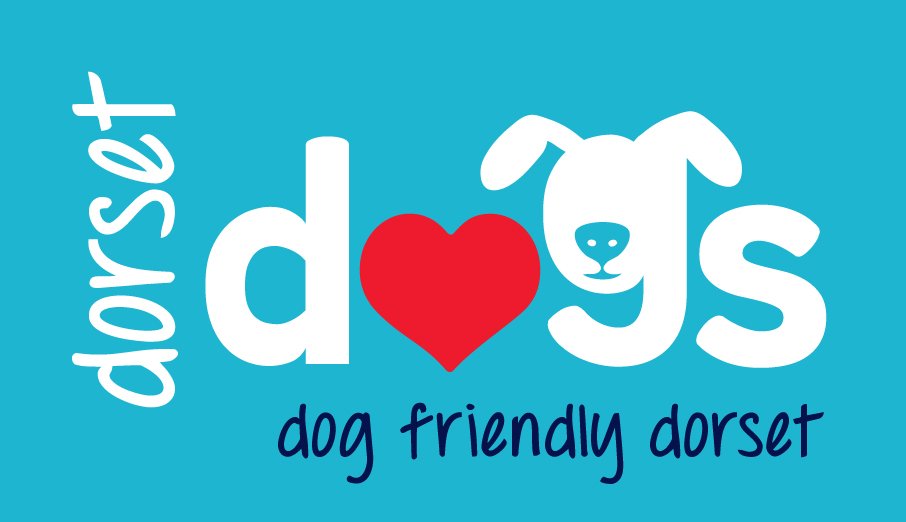Introduction
Sam, ears raised, focused stare, closed mouth, some tension in jaw and body, eyebrows raised
Observation
The key to understanding dog body language is to master the skill of OBSERVATION.
For some people, observation comes naturally. Observation is the key skill of any biologist, scientist and of course animal behaviourist.
So let’s master this skill together. And first of all we need the vocabulary of observation and to understand the difference between OBSERVATION (objective, without judgement) and OPINION (subjective and judgement based).
Context
The context in which we are observing dog body language is very important and brings up the point that to be able to accurately read what your dog is communicating to another dog or to you, we need to see more than one sign to confirm a behaviour. For instance, licking lips in the context of a bowl of food on the table is not indicative of a stress symbol, probably more a pre-digestive sign and desire for the food.
Unless that dog also had other signs like whale eye, a tense body, tense jaw and other signs and perhaps then we realise then that the presence of a second dog near that bowl of food on the table may be triggering the dog showing these signs and causing them to feel stressed about the food and perhaps even resource guarding the food…
Intuition
Developing your intuition is so helpful to fine tuning the reading of dog body language. Because it short-cuts you to an instinctive response to the body language within milli-seconds before the thought brain is even online. This helps you as a dog guardian to pre-empt and avoid upcoming behaviour issues that may save your dog from injury or rom upsetting other dogs and humans.
“Learning Dog Body language is a lifelong learning
”

